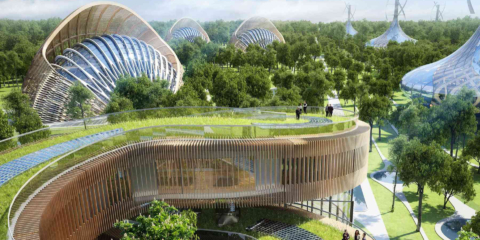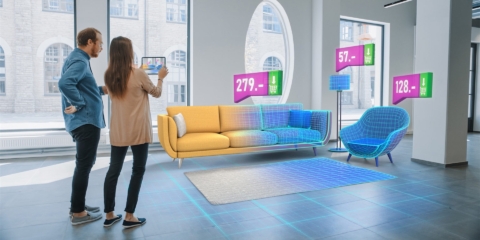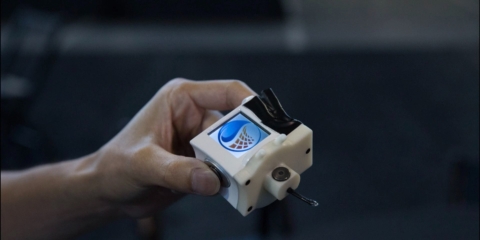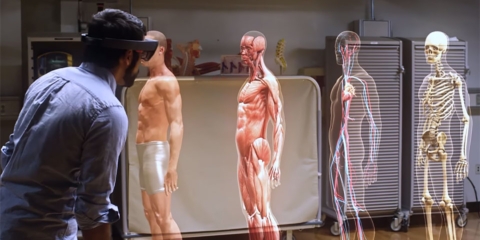Would you like to get notifications from Christian?
What happened?
Researchers have created a brain-inspired computer chip that could transform the development of human-level artificial intelligence. A team from Purdue University in the US demonstrated an innovative circuit capable of rewiring itself as it learns, just like the human brain. The professor reveals ‘We have now created an artificial platform for machines to learn throughout their lifespan,’.
Read the article: https://bit.ly/34Og1Eb
Why is this important?
It's no secret that artificial intelligence is quickly becoming more and more advanced. But a new AI chip developed by researchers at Purdue University in the US may be the most impressive advancement yet. The chip, which is modeled after the human brain, can actually rewire itself to learn continuously - just like a human! This could mean big things for the future of AI development. “The brains of living beings can continuously learn throughout their lifespan. We have now created an artificial platform for machines to learn throughout their lifespan,” said Shriram Ramanathan, a professor in Purdue University’s School of Materials Engineering. “If we want to build a computer or a machine that is inspired by the brain, then correspondingly, we want to have the ability to continuously program, reprogram and change the chip.” A study describing the breakthrough, published in the journal Science, details how the chip is able to optimize its underlying hardware in order to meet new challenges as they arise. The ai chip was also able to function as a “grow when required” (GWR) neural network, which allows it to grow and shrink depending on the size of the task. This, therefore, optimizes the chip’s efficiency in a way that conventional chips are unable to and allows it to “pick and choose” which circuits are the best fit for addressing problems.
Christian is a futurist and trendwatcher who speaks about the impact of exponential technologies like AI on organizations, people, and talents. Christian tailors his presentations to your audience's specific industries and needs.



Our world is changing at an exponential rate! A big tidal wave of digital transformation and disruption is coming at us fast. Many organizations see this wave as a threat and experience stress, but there are also organizations that just see this wave as an opportunity.

Imagine sitting with just 10-15 fellow executives at a premier location, gaining clarity on the impact of AI on your industry while enjoying an exquisite dining experience. These are not just meetings—they are transformative moments that will shape the future of your organization



In the future, 3D printing and generative design will allow for products to be designed in a more decentralized manner, and production will take place closer to the customer and fully on-demand. 3D printing technology will also allow for more customization and personalization of products.


The agricultural industry is ripe for disruption. Robotics, AI, and IoT are all technologies that have the potential to radically transform the way we grow food. In combination with vertical farming, these technologies could increase the efficiency and quality of agricultural products.

A human-centered society is one that puts people first and where technology is used to unite and empower people. It is a society that values biological life and dignity above all else. It is a society that recognizes the importance of human relationships and works to strengthen them. In a human-centered society, all members of the community are valued and treated with respect.


The future of healthcare is here. New technologies like AI, IoT, big data, and smart sensors make it possible to become the CEO of your own health. Imagine that your phone can listen to your voice and AI algorithms can detect small nuances in the tone of your voice that indicate specific diseases.
